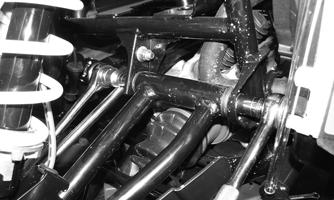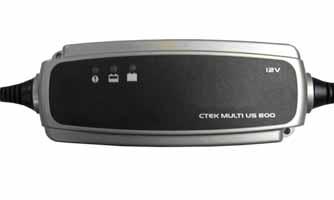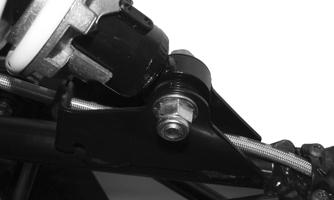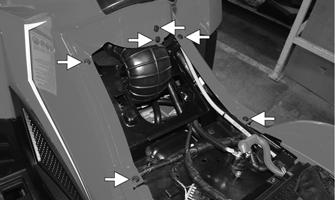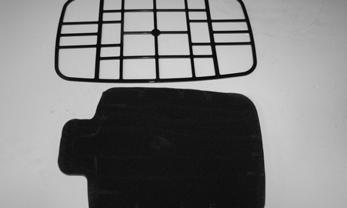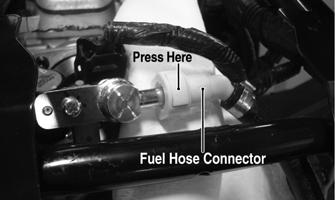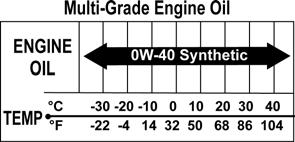Electrical System
Battery
The electrical connections should be checked periodically for proper function. TESTING ELECTRICAL COMPONENTS
All electrical tests should be made using the CATT II or the Fluke Model 77 Multimeter. The CATT II can return data for certain components which are identified at the beginning of their respective sub-section. If any other type of meter is used, readings may vary due to internal circuitry. When troubleshooting a specific component, always verify first that the fuse(s) are good, that the LED(s) are good, that the connections are clean and tight, that the battery is fully charged, and that all appropriate switches are activated. NOTE: For absolute accuracy, all tests should be made at room temperature of 68° F (20° C). NOTE: Certain components and sensors can be
checked by using the EFI diagnostic system and digital gauge (see EFI Diagnostic System in this section for more information).
CAUTION Do not insert a meter probe into a connector. Damage to the connector and pin will result, possibly causing loss of connection between the harness and electrical component. MaxiClips or probe adapters should be used.
SPECIAL TOOLS
A number of special tools must be available to the technician when performing service procedures in this section. Refer to the current Special Tool Catalog for the appropriate tool description.
Component data can be retrieved using the CATT II. Utilize the Sensor Data screen.
NOTE: Preliminary checks may be performed on this component using the diagnostic mode on the LCD gauge (see EFI Diagnostic System in this section).
After being in service, batteries require regular cleaning and recharging in order to deliver peak performance and maximum service life. The following procedure is recommended for cleaning and maintaining a sealed battery. Always read and follow instructions provided with battery chargers and battery products. NOTE: Refer to all warnings and cautions provided with the battery or battery maintainer/charger.
Loss of battery charge may be caused by ambient temperature, ignition OFF current draw, corroded terminals, self discharge, frequent start/stops, and short engine run times. Frequent winch usage, snowplowing, extended low RPM operation, short trips, and high amperage accessory usage are also reasons for battery discharge. Maintenance Charging NOTE: The manufacturer recommends the use of the CTEK Multi US 800 or the CTEK Multi US 3300 for battery maintenance charging. Maintenance charging is required on all batteries not used for more than two weeks or as required by battery drain.
NOTE: When indicated for use, each special tool
will be identified by its specific name, as shown in the chart below, and capitalized. Description
p/n
Diagnostic Harness
0486-219
Fluke Model 77 Multimeter
0644-559
Fuel Pressure Tester
0644-587
MaxiClips
0744-041
Tachometer
0644-275
TPS Analyzer
0644-299
Timing Light
0644-296
NOTE: Special tools are available from the Service Department.
800A
1. When charging a battery in the vehicle, be sure the ignition switch is in the OFF position. 2. Clean the battery terminals with a solution of baking soda and water. NOTE: The sealing strip should NOT be removed and NO fluid should be added.
3. Be sure the charger and battery are in a well-ventilated area. Be sure the charger is unplugged from the 110-volt electrical outlet.
93

